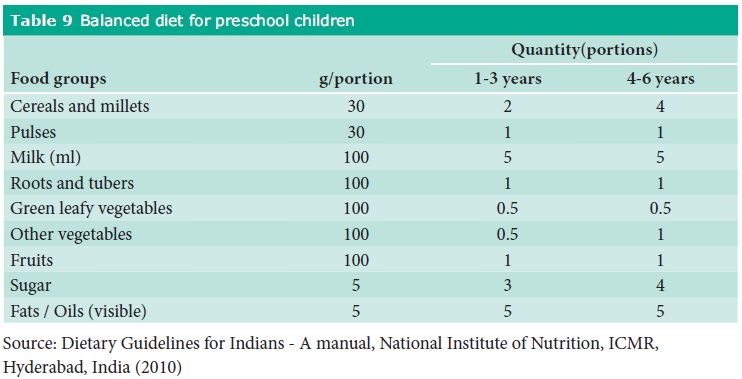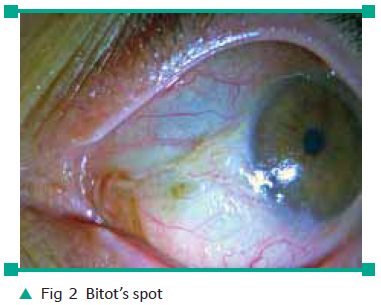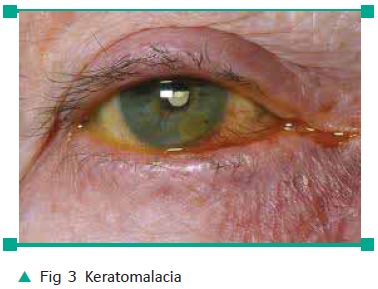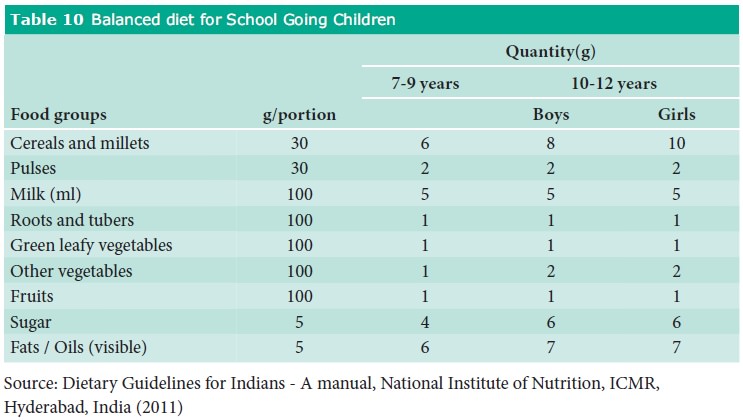Chapter: 11th Home Science : Chapter 6 : Family Meal Management
Nutritional Needs of Preschool and School Going Children
NUTRITIONAL NEEDS OF PRESCHOOL AND SCHOOL GOING
CHILDREN
The rapid growth during infancy is followed by a generally
slow growth between one to six years. The child becomes more active and the
social and environmental influences have a great impact on their food behaviour
and eat-ing pattern. The need for nutrients is increased as growth and
development continues.
Growth Pattern
During the second year, the increase in height is about 10
cm and weight gain is 2 to 2.5 kg. After two years annual gain in height and
weight is only 6 to 7 cm and 1.5 to 2 kg respectively. However, there is a wide
variance in the physical develop-ment of children.
As growth proceeds, changes occur in a) proportion of
water, b) muscle tis-sue, c) fat deposits and d) skeletal struc-ture. The body
water gradually decreases and there is addition of adipose tissue and minerals
to the bones.
Nutritional Needs During Preschool
Energy
The energy needs for the child is deter-mined by his basal
metabolism and activ-ity. If the preschool child is not given proper
complementary foods and supple-mentary foods, it may lead to protein and energy
malnutrition.
Protein
Protein is a vital dietary component for pre-schoolers, as
it is needed for optimal growth. Enough protein should be con-sumed every day
for proper growth and development.
Fat
Adequate fat is required to
provide the extra calories and reduce bulk in the diet.
Minerals
Calcium is needed for bone and teeth min-eralization and
maintenance. The amount of calcium a child needs is determined in part by the
consumption of other nutri-ents, such as protein, phosphorus and vitamin D, as
well as the child’s rate of growth.
Iron requirement during childhood is needed for growth and
for increase in the haemoglobin concentration. Dietary lack of iron accompanied
by hookworm infestation can lead to anaemia. Zinc is essential for proper
development. It is needed for wound healing, proper sense of taste, proper
growth, and normal appetite.
30%–50% of aneamia in children and other age
groups is caused by iron deficiency (World Health Organization 2007).
Vitamins
The incidence of Vitamin A
deficiency is high. The recommended intake for B vita-mins is based on the
energy intake. The dietary intake of vitamin C for pre-school-ers is the same
as for adults i.e., 40 mg/day

Dietary Guidelines
Transition from an infant diet to a regular adult diet
should be smooth and gradual. Factors that need to be considered while planning
a diet for a preschool child are:
·
The
food should be interesting and attractive. For example, chapattis, poori and
bread slices can be cut into interesting shapes to make eating interesting for
a child.
·
The
diet should include enough quan-tity and quality of different nutrients. They
should be encouraged to have milk every day. Milk can be given with delicious
flavours.
·
Plenty
of fruits and vegetables are needed for proper elimination.
·
Fruits
are given raw or in the form of simple desserts.
·
Unripe
bananas and apples should not be given as they are difficult to chew and may
choke the child.
·
Candies
and sweets should be in mod-eration. Foods like tea and coffee should not be
given as they are more stimulating to the system.
·
Foods
should be seasoned so that they taste better and the child takes it well.
·
Fried
foods and concentrated foods should not be given as they are diffi-cult to
digest.
·
The
Child should never be forced to eat more than what he can take and the
atmosphere should be peaceful, pleas-ant and lacking distraction.
·
People
feeding the child should not show dislike of any food in front of the child;
this may lead to the rejection of the food by the child.
·
Regularity
of meals is essential.
·
Food
preferences of the child should be taken into consideration.
Nutritional Problems among Pre-Schoolers
Protein-Energy Malnutrition (PEM)
The primary cause of malnutrition is a faulty and
inadequate diet. Besides diet and socioeconomic factors, various envi-ronmental
factors aggravate the dietary deficiencies. These include chronic infec-tion,
poor environmental sanitation, poor insanitary living conditions and poor
per-sonal hygiene. The diseases that represent extreme forms of PEM are
·
Kwashiorkor
·
Marasmus,
and
·
Marasmic Kwashiorkor
Vitamin-A deficiency
Inadequate dietary intake of vitamin A or its precursor (E-carotene) is exhibited as Bitot’s spots, kertomalacia in preschool children.


The school-age, six to twelve years, has been called the
latent time of growth. The rate of growth slows down and body changes occur
gradually. The slow rate of growth dur-ing this period result in a gradual
decline in food requirement per unit of body weight.
Energy
Energy needs vary with growth
rate, body size and physical activity. The require-ment for calories increases during school age.
Protein
Girls require more protein than boys because they are
reaching menarche. The protein requirements are slightly higher for girls than
boys between 10-12 years.
Minerals
Calcium requirements are more to meet the need for
skeletal development. They need to take 2-3 glasses of milk. Iron requirement
is further increased by rise in the haemoglobin concentration.
Vitamins
Vitamin-A requirements of children
is 600μg. Vitamin-C requirements are 40mg. Vitamin B complex requirements
increase with calorie needs. The RDA of vitamins A and C are same as adult RDA.

Food Requirements
A natural increase in appetite is respon-sible for an
increase in food consump-tion. Parents should encourage the child to eat
appropriate portion sizes, eating a variety of food to meet their nutritional
requirements.
Importance of breakfast
·
Children
who skip breakfast do not make up for the nutrition and energy needs and tend
to perform poorly in academics(NIN, 2003-2004)
·
Eating
breakfast is a healthy habit.
·
An
ideal breakfast should have all 4 basic food groups.
Dietary Guidelines for School Children
·
Nutritional
requirements should meet their activity, growth and spe-cial requirements
during sickness and injury.
· Menus should provide dishes that
are quick to eat, nutritious and variety is needed.
·
Weather
conditions should also be considered-in hot season more of liq-uid should be
included.
·
Snacky
meals should be given at inter-vals which can be easy to handle.
·
Fruits
and dry fruits can be given for snacks.
Related Topics